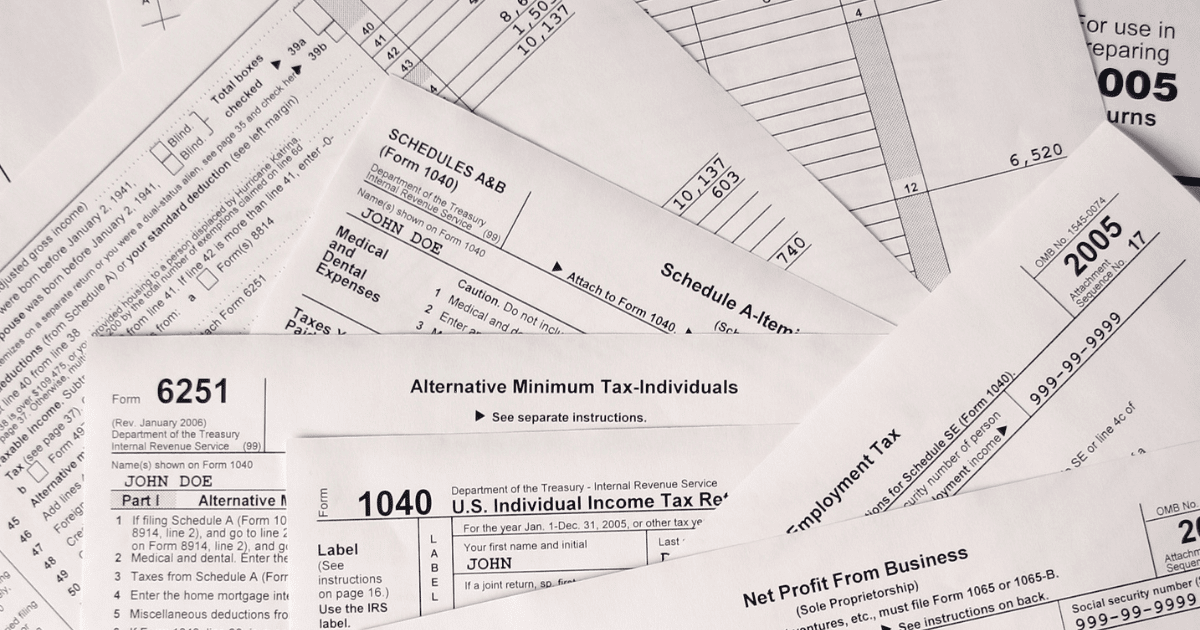Inflation adjustments and the phase-in of Secure 2.0 provisions have implications for retirement savers and retirees alike.
Christine Benz of Morningstar recently published an article on tax law changes impacting retirement plans that became effective as of 01/01/2024. These are all good reminders as move into 2024. I have distilled her reminders down to those I thought were most important.
2024 will usher in more changes than usual on the retirement planning front:
Higher Tax Brackets
Thanks to higher inflation, the income limits for tax brackets will be increasing in 2024. These changes affect the income thresholds for both income and capital gains taxes. The top marginal income tax rate is 37%, for example, but it applies to single filers with incomes of $609,350 or more and married couples filing jointly with $731,200 or more in income. (In 2023, those thresholds were $578,125 and $693,750, respectively.)
No Required Minimum Distributions on Roth 401(k)s
Owing to the legislation dubbed Secure 2.0, Roth 401(k)s will no longer be subject to required minimum distributions starting in 2024, which puts them on an equal footing with Roth IRAs.
Higher Contribution Limits for Savers
Here’s another set of changes that relate to inflation: Contribution limits to retirement accounts are increasing slightly for 2024. Company retirement plan contributions—whether 401(k), 403(b), or 457—are going up to $23,000 for people under age 50 and $30,500 for savers who are 50-plus. Meanwhile, IRA contribution limits are going up to $7,000 for people under 50 and $8,000 for people who are 50-plus. The total 401(k) contribution limit—of particular interest to people contributing to aftertax 401(k)s—is $69,000, plus an additional $7,500 for savers over 50.
Higher Qualified Charitable Distribution Limit
People over age 70.5 can contribute $105,000 to charity via the qualified charitable distribution, or QCD, in 2024. While the QCD limit had been stuck at $100,000 for a number of years, Secure 2.0 indexed the limit to inflation. Secure 2.0 opened the door for people to use a charitable gift annuity.
Higher Estate, Gift Tax Thresholds
The amount of an estate that’s exempt from estate tax will increase to $13.61 million per person in 2024. That means that married couples can effectively shield more than $27 million from the federal estate tax. Meanwhile, the gift tax exclusion is increasing to $18,000 ($36,000 for couples) in 2024. That means that individuals can gift up to $18,000 to each recipient without having that amount count toward their gift-tax exclusion.






0 Comments